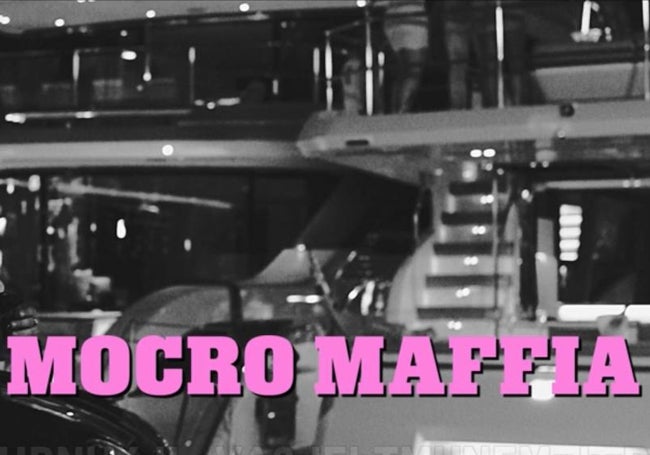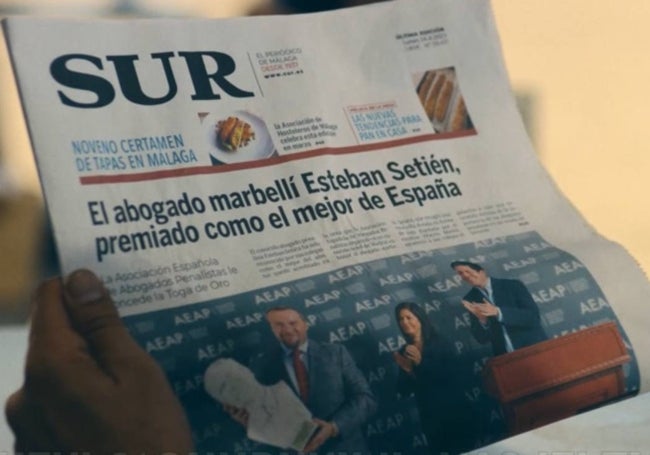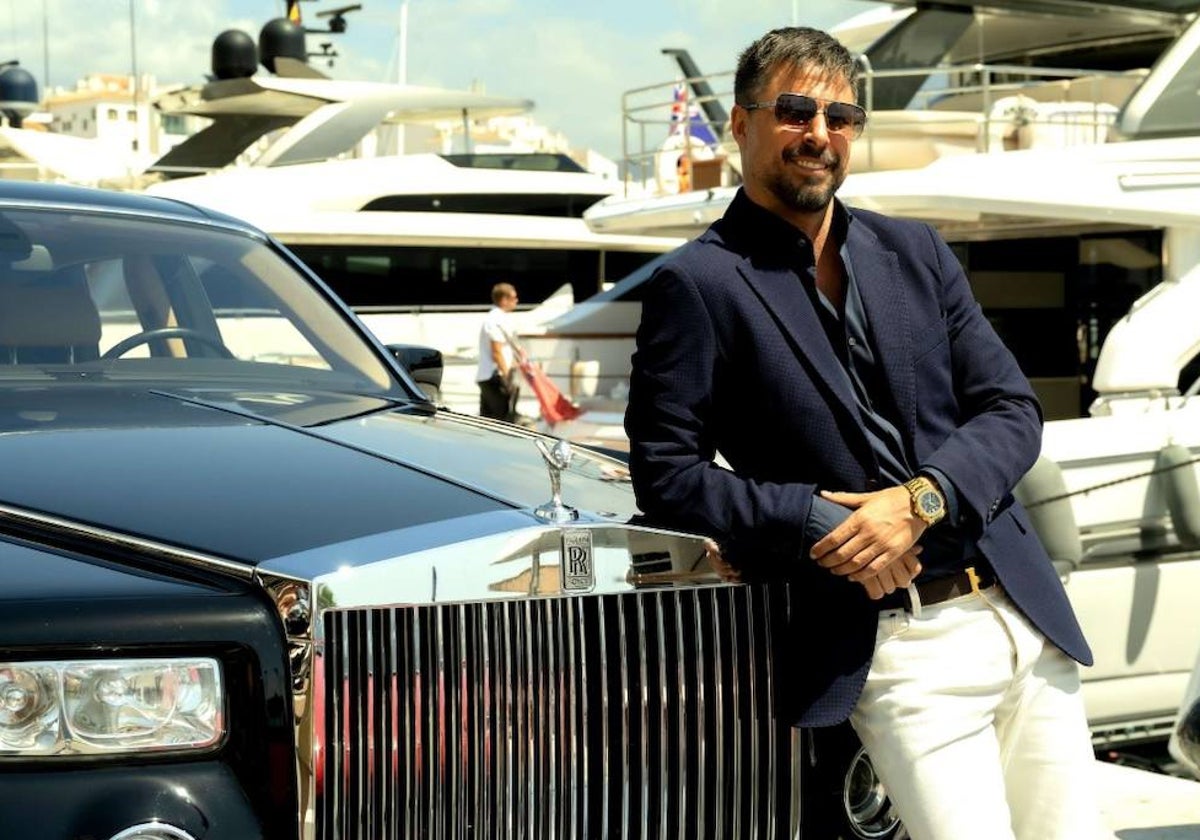Entertainment
Back in the real world, the scandal of the escape from the Costa del Sol by the leader of this Mocro Maffia gang coincides with the premiere of this crime thriller that portrays such gangs amid a Costa del Sol replete as much with luxury as with crime
The saying that truth is stranger than fiction never ceases to be valid. The latest instalment occurred in Malaga province with the controversial escape of the leader of the Mocro Maffia on the Costa del Sol, Karim Bouyakhrichan. He had been arrested, remanded in custody and then released on bail - a bond of a mere 50,000 euros. Shortly afterwards, he disappeared. The behind-the-scenes effort to secure his release from prison involved the whole legal machinations of some big law firms at the service of these alleged criminals.
Coincidentally, this is the central theme of the new series just released by Movistar+, simply called Marbella. The central character is a very clever lawyer played by Hugo Silva, an expert in twisting the law to tip the balance in favour of this criminal organisation dedicated to drug trafficking (Mocco Maffia being the nickname for Dutch criminal gangs of Moroccan origin). Not even the best publicity campaign for the launch of this TV series could have trumped the media coverage of this real-life scandal of a vanishing mafioso on the Costa del Sol.

While the real Karim is older, the series' producers don't attempt to hide any reference to the original alleged gang leader, naming their character Yassim to rhyme with Karim. Yassim is the new kid on the block in Malaga's underworld seeking to carve out a niche for himself in a drugs market where the British, Italian, Serbian and Albanian mafia gangs, among others, are already well-established. Gang warfare will ensue as the police try to stop the Mocro Maffia contingent, who is protected by César, a seductive, intelligent and unscrupulous lawyer played by Hugo Silva. The character speaks directly to camera, telling his story in a tone that pays homage to, and is reminiscent of, Scorsese's cinematic style.
An insatiable and tempting Marbella is the protagonist of this series that baptises the town as "the UN of organised crime"

'One of us' is precisely what the Marbella lawyer aspires to be, drawn into the Mocro Maffia web spun by Marbella and its series' creators. Dani de la Torre and Alberto Marini repeat the formula of intrigue, violence, crime and a police investigation that they deployed in the series La Unidad (The Unit), applying it this time to the narco trade instead of terrorism.
Those of us who live along the Costa del Sol have seen the reality of organised crime behind the glitz and the glamour of the party scene with the shootings in Marbella that have dominated the news in recent months. Despite Marbella being a fictional story with its touch of spectacle, its plot is based on real events and has had the courage to point the camera towards an elitist and criminal environment baptised in the series as "the UN of organised crime". Such criminal activity is usually hidden behind, and whitewashed by, some of those glitzy parties so idealised by the press held in Puerto Banús and its surroundings.
Dazzling but faked
The insatiable and tempting town of Marbella is the main protagonist of this series in which the charming, cynical and complicit lawyer played by Hugo Silva serves as the guiding thread to a storyline co-written by journalists Nacho Carretero and Arturo Lezcano. The show grips the viewer with a whole catalogue of personal and social corruption, its frank visual style, its cast of characters of freshly-minted mafiosos, old-school drug lords, lawyers and cops. There is the criminal newcomer Yassim Khalid El Paisano and the veteran detective Elvira Mínguez. All this amid the hypnotic setting of a dazzling Costa del Sol that is not quite what it seems to be. This is posh packaging for a tv production that loses steam and drifts towards clichés of the underworld as the six episodes unfold. Scripting tricks help to save the plot and keep the final outcome under wraps.

Location deserves its own chapter, especially if you are from Malaga trying to identify where some scenes were shot. Marbella was actually filmed for the most part in the Canary Islands in order to take advantage of the tax incentives there to film for cinema or television. Fortunately, the people in charge of Buendía Estudios have had the sensitivity - and intelligence - that was lacking in other productions to film with much care. Not so the British series A Town Called Malice that, despite being set on the Costa del Sol, was filmed entirely in such volcanic landscapes that it constantly screamed of Tenerife.

In Movistar's fiction there is the odd shoot-out in an unrecognisable Puerto Banús or the odd sci-fi shot in the likes of the Port of Malaga, but the external scenes shot on the Canaries for this series look good and are combined with strategic shots of Marbella, such as the entrance arch to the Golden Mile, Fuengirola and Archidona prison. There is even a shot with a front page of SUR to give some further credibility to this effective, fast-paced, illuminating and twisting plot that speaks of a fiction that seems very real, as some of us in the south of Spain can appreciate.

